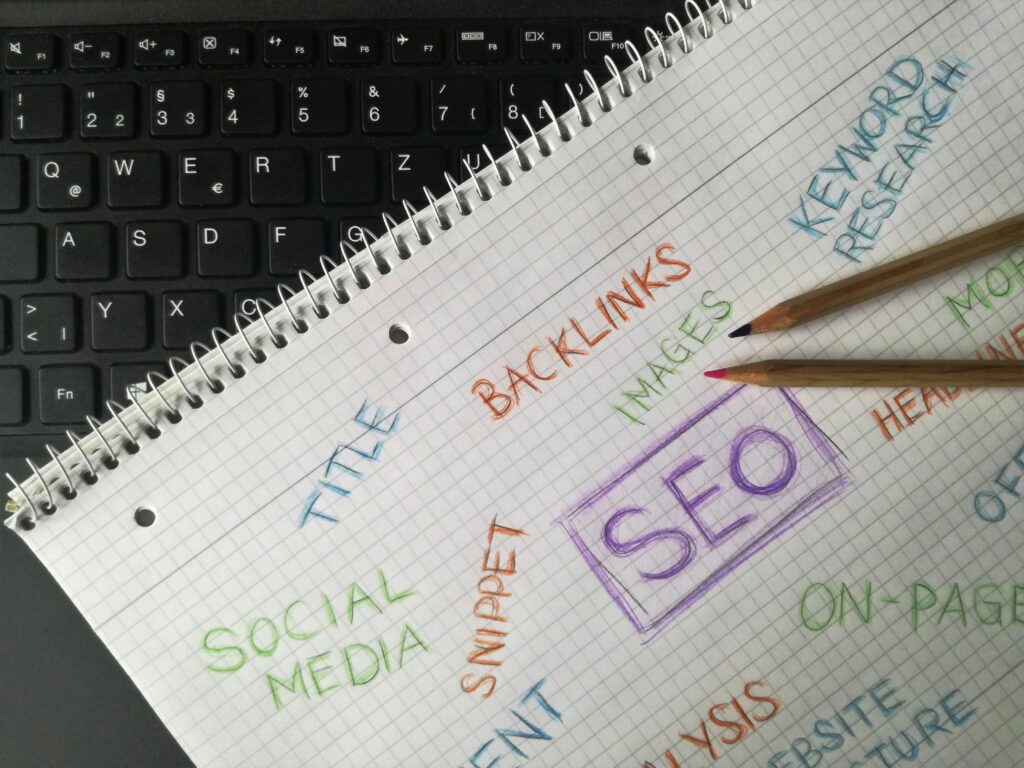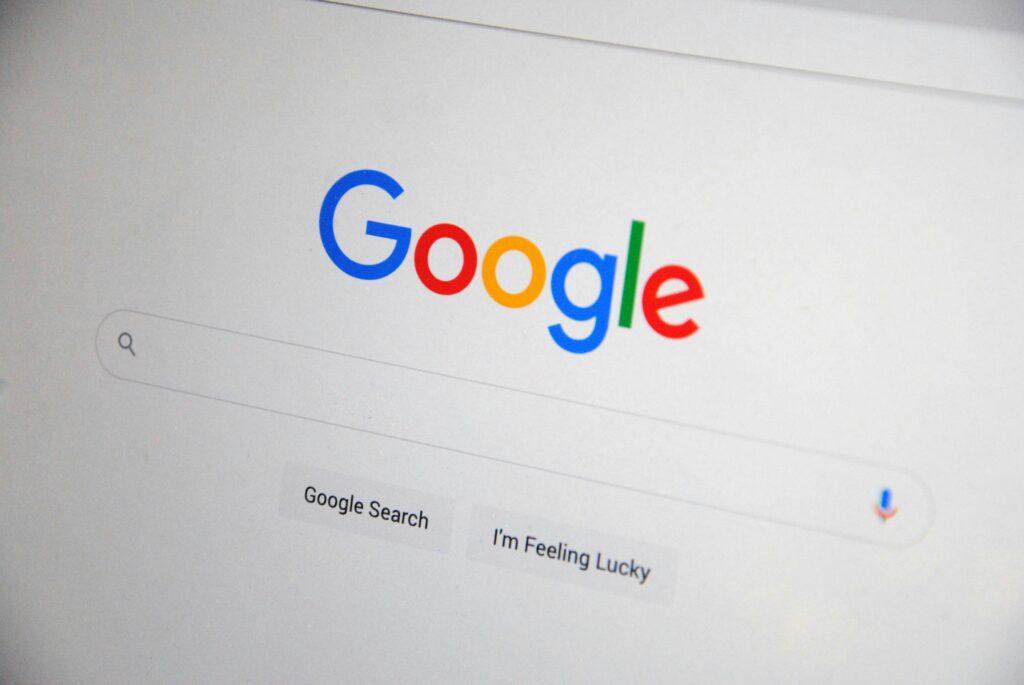Improving on-page SEO is essential for any business website aiming to attract more visitors, increase its visibility, and ultimately boost sales. If you are managing a website for your business, you want your content to be as visible as possible on search engines like Google. On-page SEO plays a key role in achieving that goal by helping search engines understand your site content and show it to the right audience.
In this article, we will cover practical on-page SEO strategies that will help your business website perform better in search rankings. By following these techniques, you can make your website more accessible, user-friendly, and appealing to both search engines and visitors.
Let us start with the basics and then work through some essential strategies to enhance your on-page SEO!
Table of Contents
ToggleWhat Is On-Page SEO?
On-page SEO refers to the techniques used on individual webpages to improve their position in search engine results. Unlike off-page SEO, which focuses on external activities such as link building, on-page SEO is all about optimizing the elements within your website. This includes everything from content to HTML elements, images, and meta tags.
When done right, on-page SEO helps search engines better understand your website, making it easier for them to match it with relevant search queries. For businesses, this means reaching potential customers who are already interested in what you offer.
Why On-Page SEO Matters for Business Websites
Business websites need on-page SEO to stand out in a competitive online space. By optimizing each webpage, you improve the likelihood of ranking higher on search engines, attracting more qualified visitors. Additionally, an optimized site generally provides a better experience for visitors, which can lead to higher engagement, more leads, and increased sales.
Businesses that invest in on-page SEO tend to see stronger customer engagement, as their content is more likely to match user intent. Let us take a closer look at the key components of on-page SEO that are especially valuable for business websites.
On-page SEO Technique #1. Crafting High-Quality, Keyword-Rich Content
Content remains one of the most important factors for on-page SEO. High-quality, informative, and well-organized content that includes relevant keywords can significantly improve your search ranking. However, quality should always be the priority over keyword frequency.
Tips for Writing SEO-Optimized Content
- Use Relevant Keywords: Identify keywords that are relevant to your business and are commonly searched by your target audience. Include these naturally within your content to keep it both engaging and optimized.
- Organize with Headings: Use headings and subheadings to break up content. Headings make the page easier to read and help search engines understand the structure of your content.
- Avoid Keyword Stuffing: While keywords are important, avoid overloading your content with them. Keyword stuffing can make your content feel forced and negatively impact readability and SEO.
On-page SEO Technique #2. Creating Strong Title Tags and Meta Descriptions

Title tags and meta descriptions play a crucial role in determining how your website appears on search engine results pages (SERPs). A title tag is the clickable headline that appears in SERPs, while the meta description provides a brief summary of the page.
Best Practices for Title Tags and Meta Descriptions
- Include Keywords: Include the main keyword in the title tag and meta description to boost relevance.
- Keep It Short and Specific: Limit title tags to 60 characters and meta descriptions to 160 characters. This ensures the full text displays on the search results page.
- Create Compelling Copy: Write titles and descriptions that draw interest and invite clicks. They should accurately describe the content of your page.
On-page SEO Technique #3. Optimizing Header Tags for Better Structure
Header tags (H1, H2, H3, etc.) help search engines understand the organization and hierarchy of your content. Each webpage should have a clear structure with one main H1 tag followed by secondary and tertiary headers to support the content flow.
How to Use Header Tags Effectively
- Use H1 Tags for Page Titles: Each page should have one H1 tag, usually the title. This helps search engines know the main topic of your page.
- Utilize H2 and H3 Tags for Subtopics: Breaking down content under H2, H3, or even H4 tags helps keep the page well-structured and easier to read.
- Include Keywords Naturally: Insert keywords in headers, but do so naturally. This helps improve relevance without compromising readability.
On-page SEO Technique #4. Improving URL Structure
URLs should be clean, descriptive, and easy to read. Clear URLs help search engines and users understand what each page is about, making it easier to rank for relevant searches.
Guidelines for SEO-Friendly URLs
- Keep URLs Short and Simple: Use words that describe the page content. Avoid long strings of numbers or special characters.
- Use Keywords: Include the primary keyword in the URL to make it more relevant.
- Avoid Stop Words: Words like “and,” “the,” and “of” are unnecessary in URLs. Keeping URLs concise improves readability and clarity.
On-page SEO Technique #5. Crafting Engaging and Relevant Internal Links
Internal links connect different pages within your website, making it easier for visitors to navigate and discover more content. Internal linking also helps search engines crawl your website more effectively, which can improve rankings.

Effective Internal Linking Practices
- Link to Relevant Content: Link to related content that can provide additional value to the reader. This keeps visitors engaged and encourages them to spend more time on your site.
- Use Descriptive Anchor Text: Anchor text is the clickable text of a link. Use text that describes what the linked page is about, rather than generic words like “click here.”
- Limit Links per Page: Avoid overloading pages with too many links, which can dilute the SEO benefit and overwhelm readers.
On-page SEO Technique #6. Using High-Quality Images with Proper Alt Text
Images add visual appeal and help break up text, making pages more enjoyable to read. However, images can slow down your website if they are not properly optimized. Alt text, or alternative text, is an essential SEO feature that describes the content of an image.
Optimizing Images for SEO
- Compress Images: Large images can slow down your page. Compress images before uploading to keep page load times low.
- Add Alt Text with Keywords: Write alt text that accurately describes the image content and includes keywords when possible. This also improves accessibility for visually impaired users.
- Choose Descriptive File Names: Use descriptive, keyword-rich file names for images instead of generic names like “IMG_001.”
On-page SEO Technique #7. Enhancing Page Load Speed

A fast-loading website is essential for user satisfaction and on-page SEO. Search engines prioritize sites that load quickly, as slow load times lead to higher bounce rates and lower engagement.
Tips to Improve Load Speed
- Use Caching: Enable browser caching to reduce load times for repeat visitors.
- Minimize HTTP Requests: Limit the number of elements on each page to reduce server requests.
- Optimize Code: Minify CSS, JavaScript, and HTML to improve load speed.
On-page SEO Technique #8. Making Your Website Mobile-Friendly
With an increasing number of users browsing on mobile devices, a mobile-friendly website is a must. A responsive website adjusts automatically to different screen sizes, providing a seamless user experience.
Steps for a Mobile-Friendly Website
- Use Responsive Design: Ensure your site design is adaptable to various devices.
- Optimize Fonts and Buttons: Use larger fonts and tap-friendly buttons for easy mobile use.
- Test Across Devices: Regularly test your website on multiple devices to ensure a consistent experience.
On-page SEO Technique #9. Adding Schema Markup for Rich Snippets
Schema markup is a type of structured data that helps search engines understand specific information on your site, such as reviews, events, or product details. Using schema can improve the appearance of your listings in search results.
Benefits of Using Schema Markup
- Improved Search Visibility: Schema markup can make your listings stand out with additional details like star ratings or prices.
- Better Click-Through Rates: Rich snippets make your search results more informative, encouraging clicks.
- Enhanced Content Understanding: Schema helps search engines understand your content, which can improve rankings.
On-page SEO Technique #10. Creating User-Focused Content
User-focused content means creating content that is helpful, informative, and relevant to your audience. It is essential for businesses to understand their target audience and craft content that addresses their needs, questions, and interests.
How to Develop User-Centered Content
- Focus on Solving Problems: Address common pain points and questions your audience has.
- Include Visuals: Use images, infographics, or videos to make content more engaging.
- Update Regularly: Refresh your content periodically to keep it relevant and accurate.
On-page SEO Technique #11. Monitoring and Updating Content Regularly
On-page SEO is not a one-time task. Regular updates to your content and SEO practices are necessary to maintain high rankings and relevance.

How to Keep Content Fresh and SEO-Friendly
- Check for Outdated Information: Review and update any outdated content.
- Optimize for New Keywords: As trends and search patterns change, new keywords can become relevant.
- Monitor Performance: Use tools like Google Analytics to track the performance of each page and identify areas for improvement.
Conclusion: Effective On-page SEO
Investing time in on-page SEO can make a significant difference for your business website. From keyword optimization to crafting quality content and improving site speed, each technique adds value and boosts your site’s visibility. Regularly reviewing and updating your on-page SEO strategies ensures that your site stays competitive in search rankings, driving more traffic and potential customers to your business.
On-page SEO FAQs
1. How long does it take to see results from on-page SEO?
Results can vary, but typically it takes a few weeks to a few months to notice improvements in search engine rankings.
2. What is the difference between on-page and off-page SEO?
On-page SEO involves optimizing elements within the website, while off-page SEO focuses on external factors like backlinks.
3. Can I do on-page SEO by myself?
Yes, many on-page SEO techniques are accessible and manageable even without technical expertise.
4. How often should I update my on-page SEO?
It is good practice to review your on-page SEO every few months and make updates as needed.
5. Is mobile optimization part of on-page SEO?
Yes, mobile optimization is an important aspect of on-page SEO, as it impacts user experience and search engine ranking.









